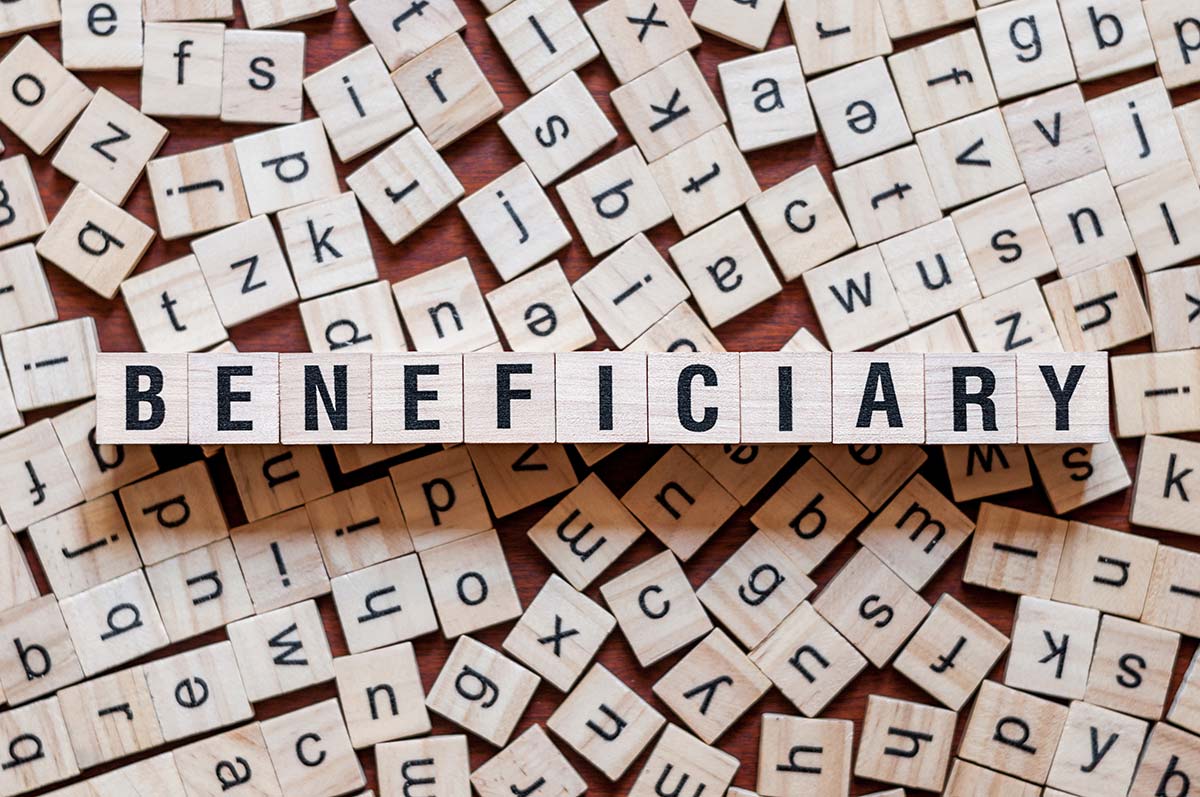
Robert Cartmell explains the options for those benefitting from a Discretionary Trust.
Discretionary Trusts have been around for a long time. However, there has never been so much popularity and discussion as to their uses and benefit as there is today.
I, Robert Cartmell, have seen and advising many families who have Discretionary Trusts as part of their Wills and it can be easy for the lay person to forget some of the reasons for using such structures. Recent heightened awareness of the requirements to have Trusts registered with the Trust Registration Service has led families to seek advice on the scope and options for their (often dormant) family Trusts.
What is a loan?
A loan from a Trust to a beneficiary involves a transfer from the Trustees to a beneficiary of money/capital or a transfer of an asset or part of an asset in return for a binding promise of repayment of that asset or the capital value of it. A gift is an outright transfer with no repayment requirement.
What is a typical loan structure from a Discretionary Trust?
The terms of the loan are usually in basic terms and are fairly straightforward but they can be tailored to each individual set of circumstances and made more complex if necessary. Usually:
- there is no set repayment plan and no day to day repayments are made;
- the loan is repayable only upon formal demand of the Trustees;
- the loan is left outstanding for the lifetime of the beneficiary;
- there is usually no interest added on the loan (or it is discretionary as to interest being added);
- there can be an indexation element added to the loan value (to keep the loan amount tracked to an inflationary index). Usually that is at the discretion of the trustees;
- the loan is only repaid following the death of the beneficiary out of the assets they have remaining;
- the monies received back to the Trust from the repaid loan is then applied for the children of the beneficiary (or other named beneficiaries of the Trust)
- the loan is usually registered as an equitable charge interest against a property interest owned by the beneficiary (but usually not as a full legal charge, but that is possible if desired by the trustees).
How does a loan structure help achieve the overall wishes of the person creating the Trust?
Successive interests: A loan structure can help the testator (of a Will) or settlor (of a lifetime discretionary trust) provide successive interests and benefits to multiple generations. For a person truly wishing for their estate to “pass down family lines” a loan can help achieve this. For example, the father may pass their estate into the Trust, wherefrom it is loaned to his son, and on the son’s death loaned to the children of his son, and so on (up to 125 years, being the lifespan of the Trust).
Protection the inheritance against an unwanted beneficiary: often a parent will want their children to inherit but not to include their son-in-law/daughter-in-law. They wish to ensure that only their chosen beneficiary receives. A loan structure can help to provide increased protection of the asset passing down the family line.
Helping your family maximise their inheritance from you: by lending to a beneficiary via a Trust, it can improve the beneficiary’s own position in terms of overall taxation and thus ensure that the maximum benefit is being received by them and your family from your estate.
How does a loan structure help the beneficiary?
By receiving the inheritance as a loan, the beneficiary’s ‘net estate’ is not increased. The existence of the ‘debt’ can provide a degree of protection against third parties making claim on the assets received. So that could help in cases where the beneficiary divorces, becomes insolvent, goes into care, or dies.
How does a loan structure help Trustees?
A loan structure can help Trustees achieve the aims of the Trust and abide by the wishes of the person creating it. A loan without interest or indexation is relatively straightforward to administer and would not normally require detailed administration – it can keep a Trust’s administration ‘light’.
Are there any tax consequences of a loan rather than a gift?
In many cases the overall taxation position for a beneficiary is improved by making a loan but do remember to always take professional advice before a loan is made (rather than a gift). Trusts can be taxed on their overall asset value (taxed on assets exceeding £325,000 in value usually) and a loan asset is still an asset of the Trust, whereas gifting the asset to a beneficiary will remove the asset value from the Trust and put it in the hands of the beneficiary. So there is always a consequence in gifting or indeed loaning. Our role is to help the trustees and beneficiaries understand the two options (and any other options) and to make the best decision for the family. Assessing the overall tax treatment is part of that process.
Before you embark on Trust decision-making, take expert and experienced advice from us to ensure you understand the requirements for your Trust and what information is required to be provided.
If you would like help or advice from Robert Cartmell on the issues raised in this article, please get in touch. Email Robert Cartmell Consulting at info@robertcartmell.co.uk to make an enquiry or arrange a discussion.
